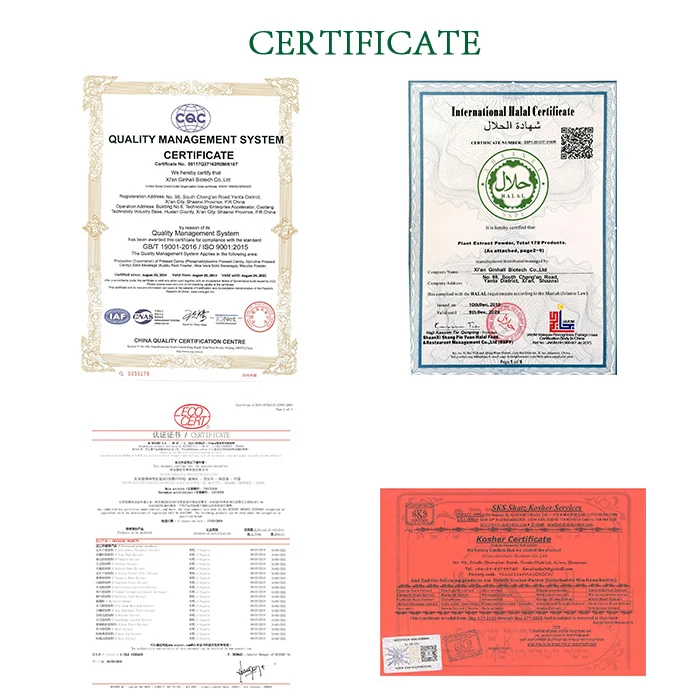High quality 10%, 20%, 30%, 50%, 85%, 95% polysaccharides powder, Grifola umbellate extract

Polyporus umbellatus, a non-pleated fungus of the genus Polyporaceae, a medicinal fungus. The fruit body is large or large, fleshy, stalked, multi-branched, with round white to light brown caps at the end, and a cluster of up to 35cm in diameter. The cap is round, concave in the middle and nearly funnel-shaped, and the edges are rolled inwards, covered by dark fine scales, 1-4 cm wide. The flesh is white, the hole surface is white, and the grass is yellow after drying. The orifice is round or ruptured with irregular teeth, extending, with an average of 2-4 per mm. The spores are colorless, smooth, cylindrical, round at one end, and crooked at one end, 7-10μm × 3-4.2μm. Economic value: The fruit body is edible when it is young, and the taste is very delicious. Its underground sclerotia are black and diverse in shape. It is a well-known Chinese medicine and has the effect of diuretic treatment of edema. Contains glucan, test anti-cancer.
Product Introduction

| Product Name | Grifola extract | Appearance | Brown |
| Latin Name | Polyporus | Test Method | UV |
| Specification | 10%, 20%, 30%, 50%, 85%, 95% | Mesh | 95% pass 80 mesh |
| Application | Health Care | Shelf Life | 2 Years |
Diuretic effect
Immune enhancement
Antitumor effect
Protective effect on liver of mice with toxic hepatitis
Anti-radiation effect
Application of Grifola extract
Used in cosmetic industry;
Used in nutrition industry;
Used in pharmacy.








A:Please send our inquiry to get more details.If you both make an agreement,we will make an invoice for you,just do as instructions.
Q2:Is there any discount?
A:Sure,price are closely related to the quality.Buy more save more.
Q3:How about delivery lead-time?
A:Delivery lead time :about 3-5 days after payment confirm.(Chinese holiday not included)
Q4:How long time cost with shipping?
A:3-5 days shipping time deliver to your door.
Q5:How do you avoid customs issues?
A:We have rich experience deal with customs,hundreds of parcels every moth we deliver,detailed documents and certificates will be provided to customs when goods arrive to local port.

We have more categories for you. lf you can't find the products you want above,just fill in the form and tell us whatproducts you want to import from China.


















